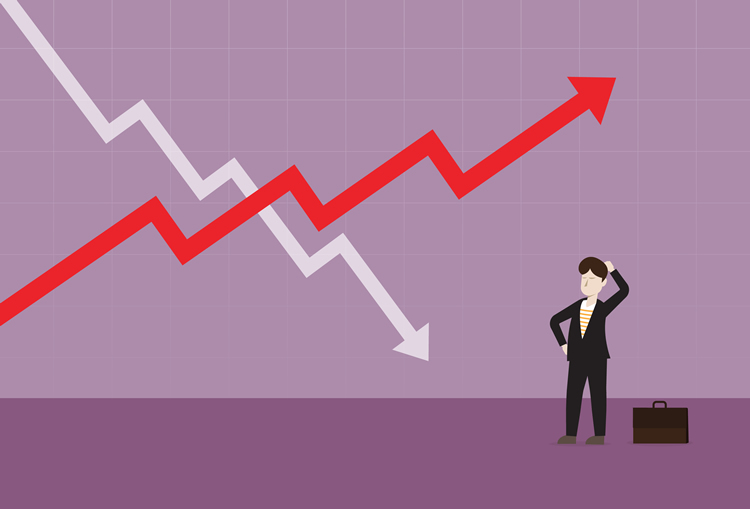The question looming over investors globally is a straightforward yet complex one: Is it now time to buy into China’s market, or should the cautious stance of avoiding it continue? This week, significant developments have stirred the Asian financial landscape, prompting a closer look from experts and strategists.
Market Fluctuations and Monetary Easing
Chinese stocks, having plunged to nearly five-year lows last week, mirror a persistent bearish trend from the past year. However, in a notable shift, China commenced monetary easing, with a promise to slash the liquidity reserves that banks are mandated to hold. From February 5th, banks will experience a 50 basis point cut in their reserve ratio requirements.
The People’s Bank of China (PBOC) also hinted at the potential for further easing. Amidst these fiscal maneuvers, Bloomberg News reported that China might inject a substantial $278 billion package to bolster its faltering stock markets.
The Analysts’ Perspective: To Buy or Not?
Brendan Ahern’s Take: Opportunistic Buying Amid Pessimism
Brendan Ahern, KraneShares’ CIO, recognizes the “peak pessimism” in China’s markets but sees potential for significant rallies. His strategy? Cautious buying with protective measures like options strategies or structured notes. “When there’s blood in the streets, this is when you buy,” Ahern advises, advocating for prudence in these turbulent times.
Andrew Lapping: Identifying Opportunities in Decline
Andrew Lapping of Ranmore Fund Management views the market downturn as a golden opportunity. He contrasts the S&P500’s 20% rise over the past year with the Hand Seng’s 30% decline, suggesting a disconnect between market performance and underlying business value. Lapping sees this as a chance to acquire quality businesses at low prices.
Winnie Wu: A Balanced Viewpoint
Winnie Wu, BofA Securities’ Chief China Equity Strategist, acknowledges China’s economic weaknesses but thinks the stock market’s response might be overly pessimistic. Wu sees recent measures to stabilize the market as constructive, albeit not comprehensive solutions.
Guy Spier: A Cautionary Optimism
Guy Spier, a renowned value investor, expresses skepticism about the effectiveness of the $278 billion rescue package but remains hopeful about China’s long-term prospects. He urges a reevaluation of business policies by the Chinese Communist Party (CCP) and anticipates eventual policy adjustments.
Recovery Pathways: Wu’s Analysis
Wu outlines two critical conditions for market recovery: restoring consumer confidence in the property sector and identifying new growth drivers beyond property. She predicts a possible market turnaround in 12 to 18 months, coinciding with a shift towards high-tech and advanced manufacturing sectors.
Investment Strategies in the Current Climate
Amundi: Tech and Energy Transition Focus
French asset management giant Amundi highlights China’s rapid advancements in AI, quantum computing, and its global leadership in clean energy, suggesting potential investment opportunities in these sectors.
JPMorgan and Morgan Stanley: Tech Stock Picks
Both JPMorgan and Morgan Stanley recommend U.S.-listed Chinese tech stocks, reflecting confidence in the sector’s resilience and growth potential.
UBS: A Balanced Approach
UBS advises a barbell strategy, balancing investments between high-yield defensive sectors and recovery beneficiary sectors. Long-term, they favor sectors with strong policy support, like industrial automation, digitalization, EV supply chain, and renewable energy.
Stock Picks and Sector Preferences
- China Internet: Alibaba, Baidu, NetEase
- Industrials: China Communications Construction
- Banks and Insurance: China Construction Bank, Ping An Insurance
- Renewable Energy: China Longyuan Power Group, China Resources Power
In conclusion, while China’s market presents undeniable challenges, it also offers unique opportunities. Investors are advised to navigate this terrain with a blend of caution, strategic diversification, and a keen eye on sectors poised for growth.
Stay up to date on other relevant news in our “Stock Market” section.





